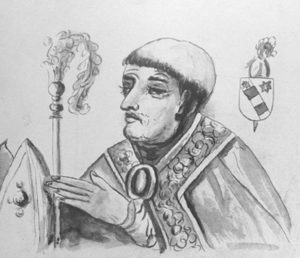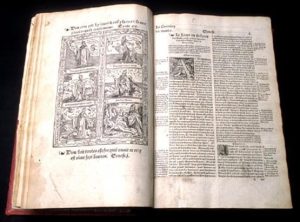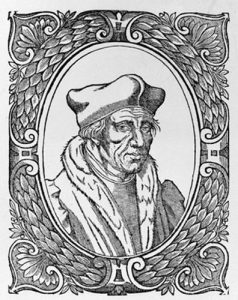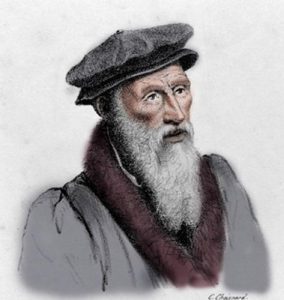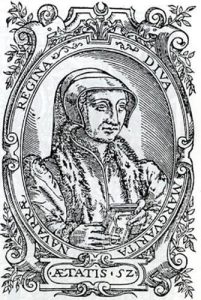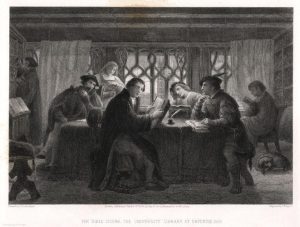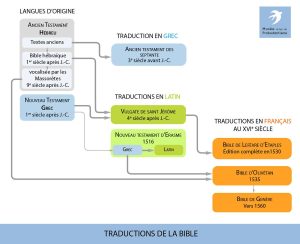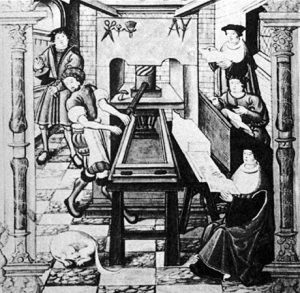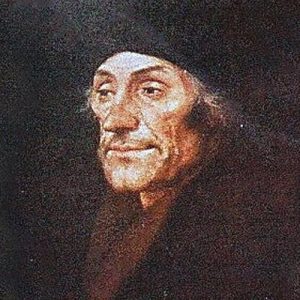A centre for ecclesiastical reform
The bishop of Meaux, Guillaume Briçonnet, sympathized with Erasmus and Lefèvre d’Etaples’ideas about reform in the Church as soon as 1518. He was protected by Marguerite of Angoulême and reformed his diocese, restoring ecclesiastical discipline and developping the art of preaching. In 1521, he called on the services of Lefèvre d’Etaples, who came to Meaux with a group of friends and disciples. They were theologians and humanists – (one of whom was Guillaume Farel). He founded the “Cenacle of Meaux”, a group of people who reflected on the reform of the Church in the light of the Bible.
In 1524 Lefèvre finished the French translation of the New Testament. This caused a frenzy of excitement in Meaux and was instrumental in spreading Luther’s ideas. It was condemned and burned. Briçonnet again came into conflict with the Church, became afraid and submitted to the authorities. The “Cenacle of Meaux” began to split up in 1523 and was finally disbanded in 1525.
Due to the “Cenacle of Meaux”, many people were converted to Luther’s ideas, notably some of the wool carders.

